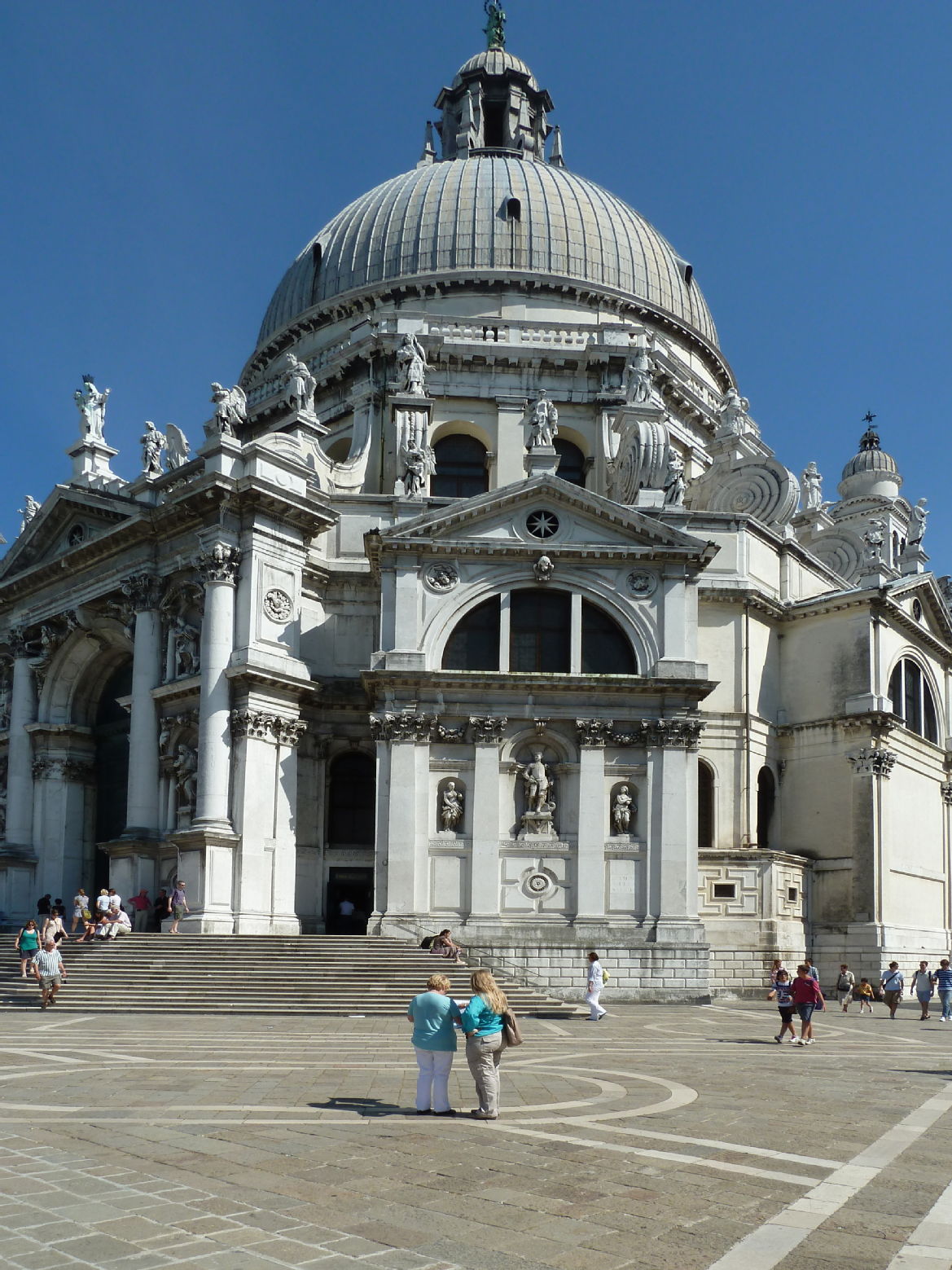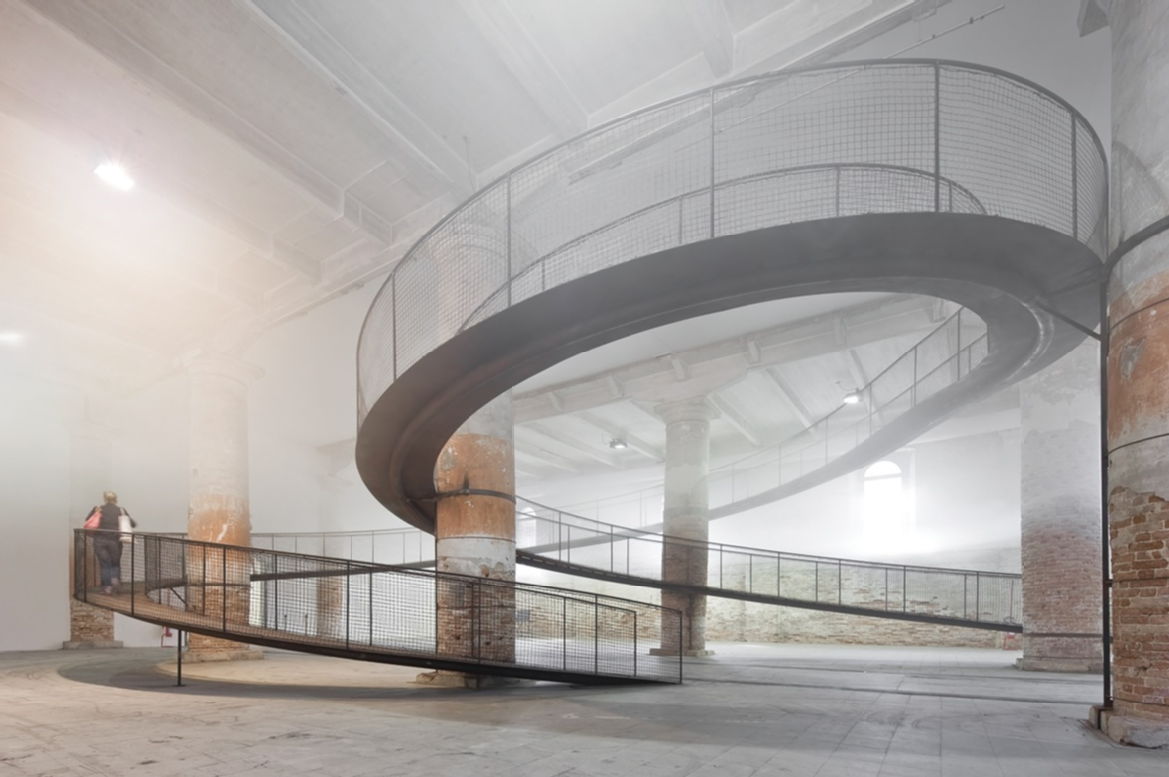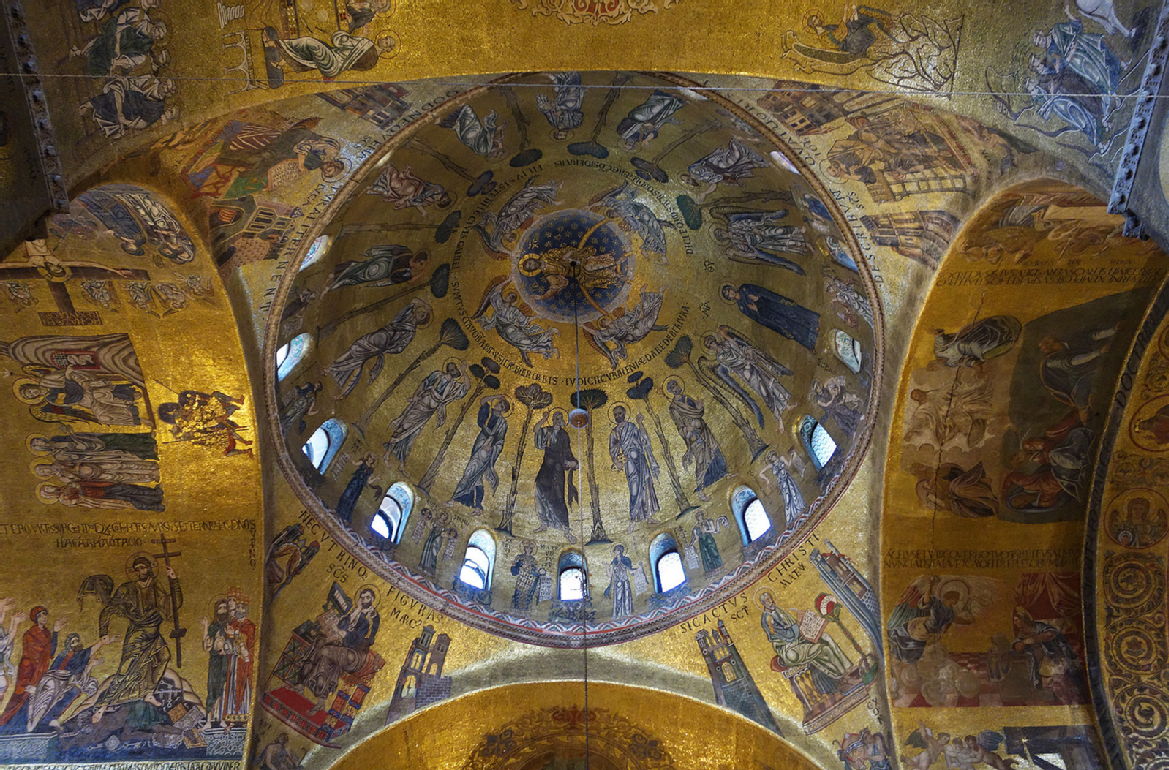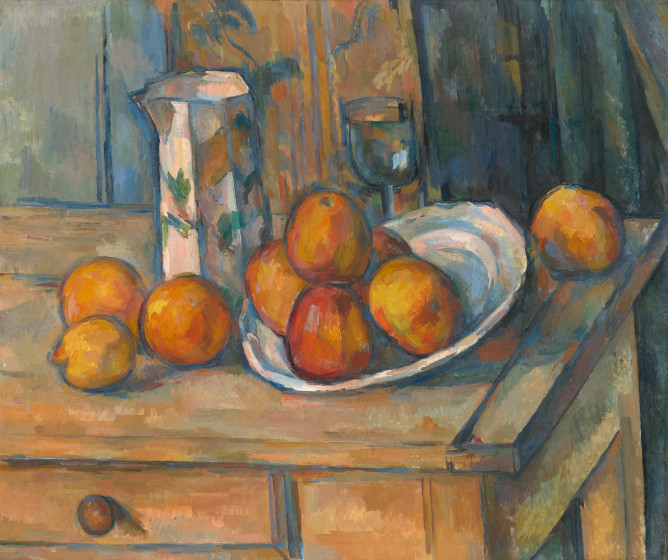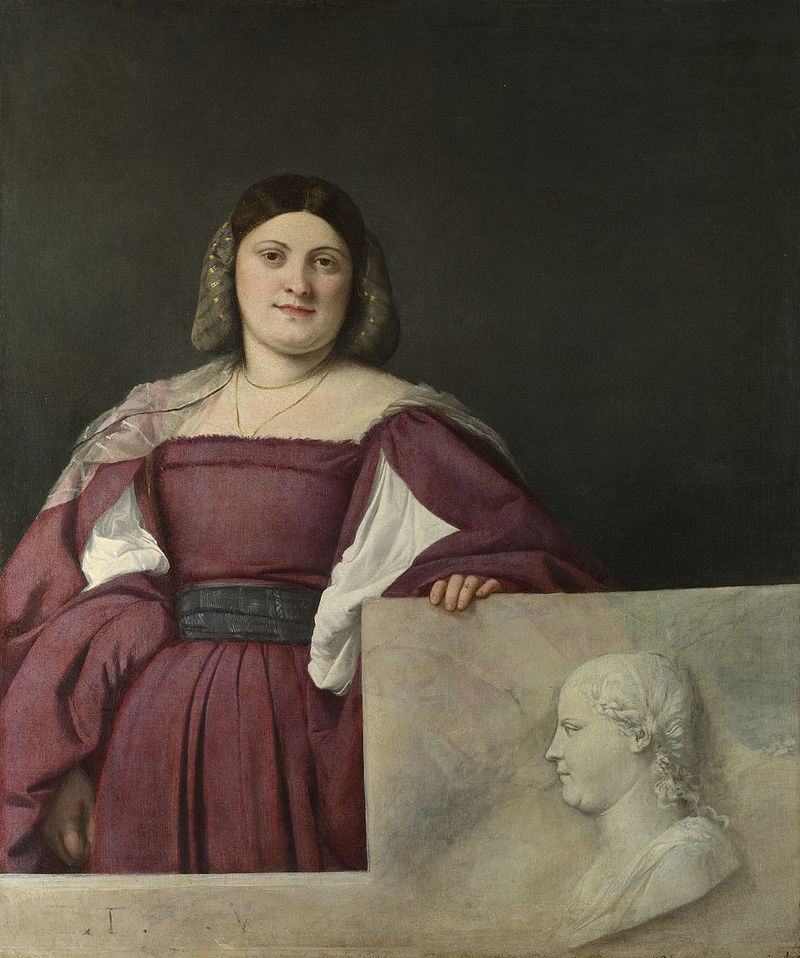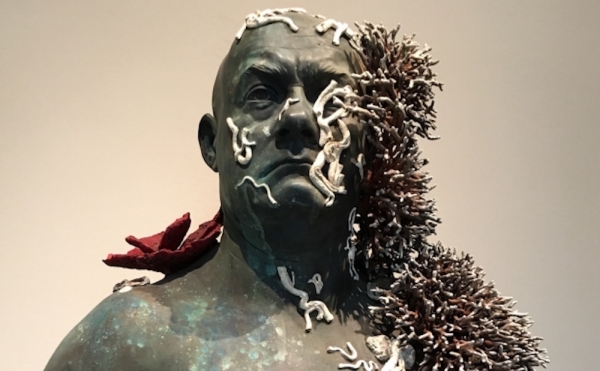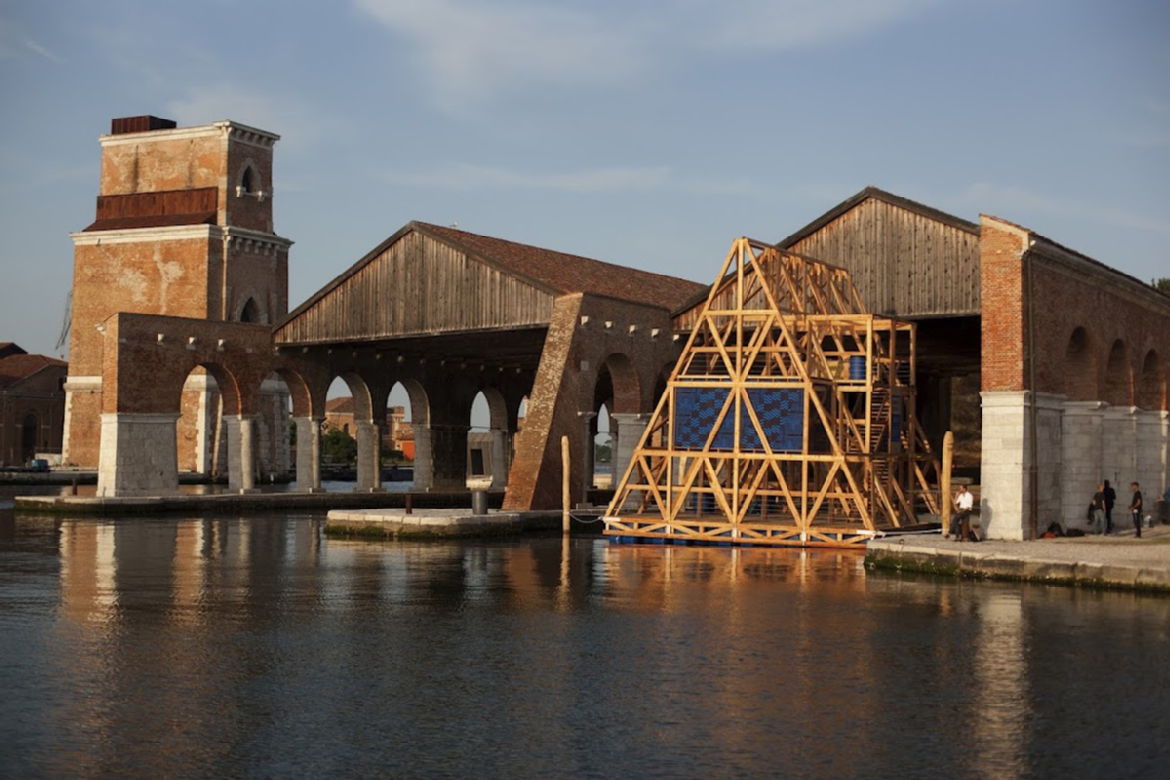Course Structure
NOTE- THIS COURSE NOT RUNNING FOR THE NEXT 2 YEARS
The structure of your course will depend on whether you choose to spend the autumn term in Venice or Warwick.
If you have any questions about the course and its content, please contact the department's Director of Graduate Studies, Prof. Michael Hatt (M.Hatt@warwick.ac.uk), who will be very happy to answer your questions.
COURSE STRUCTURE (WITH AUTUMN TERM IN VENICE)
Autumn Term (in Venice)
The autumn term begins with the University Welcome Week at Warwick. This enables you to meet the department, to get to know the campus, and to have your first classes and briefing sessions before you travel to Venice for the remainder of the term.
In the autumn term, you will take two modules, which are:
- Research in Medieval and/or Early Modern Art and Architectural History
- Research in Modern and Contemporary Art and Architectural History
Alongside your two modules, you will follow Academic Preparation for History of Art, a course for taught postgraduate students that focuses on skills needed for high level art historical research, such as critical engagement with secondary literature and rhetoric and writing. This module is not for credit – that is, it does not count towards your final mark – but it is an essential part of the course, and provides support for all you work on the MA.
In addition you will also be required to take Italian Language classes for beginners at the University of Ca' Foscari. These classes are useful not only for your studies, but also for living in Venice. Intermediate students may be able to study at a more advanced level if the timetable allows.
You can find more information here about Warwick in Venice and the MA Venice Term.
Spring Term (in Warwick)
In the spring term you will take two modules.
The first of these is the core module Art History and Its Methods. This covers a wide range of theoretical and methodological topics, and is explicitly designed to support your preparation and research for the dissertation
You will also select one other module from the choices available, which will cover a wide range of historical and thematic options. The modules offered during 2024-25, are:
- Giotto in Assisi and the Art of the Friars
- Crafting the Global Early Modern
- Contemporary Art and Climate Change
Please note, however, that different modules are likely to be offered in 2025-26.
It is also possible to take your second module outside the department, for instance, elsewhere in SCAPVC (the School of Creative Arts, Performance and Visual Culture), in Philosophy, Classics, or the Centre for Renaissance Studies, if you want to shape your degree in a more multi-disciplinary manner. Please note that this option will require the approval of the department in question.
You will also continue with the Academic Preparation module, which will focus on skills needed for the dissertation.
Summer Term
The summer term is devoted to the dissertation.
The dissertation is a substantial piece of scholarly research on a topic you devise in collaboration with your supervisor. You will have regular supervisions, as well as preparatory classes, and and you will also present your ideas at our PGT symposium.
COURSE STRUCTURE (WITH AUTUMN TERM IN WARWICK)
Autumn Term
The autumn term begins with the University Welcome Week at Warwick. This enables you to meet the department, to get to know the campus, and to have your first classes and briefing sessions.
In the autumn term you will take two modules, which will cover a wide range of historical and thematic options. Modules taught in 2024-25 are:
- Visual Art and Poetry
- The Thirties: Art and Society in Inter-War Britain
- Deconstructing Medieval and Early Modern Buildings
Please note, however, that different modules are likely to be offered in 2025-26.
It is also possible to take one of your modules outside the department, for instance, elsewhere in SCAPVC (the School of Creative Arts, Performance and Visual Culture), in Philosophy or Classics, if you want to shape your degree in a more multi-disciplinary manner. Please note, that this option will require the approval of the department in question.
Alongside your two modules, you will follow Academic Preparation for History of Art, a course for taught postgraduate students that focuses on skills needed for high level art historical research, such as critical engagement with secondary literature and rhetoric and writing. This module is not for credit – that is, it does not count towards your final mark – but is an essential part of the course, and provides support for all you work on the MA.
Spring Term
In the spring term you take a further two modules.
The first of these is the core module Art History and Its Methods. This covers a wide range of theoretical and methodological topics, and is explicitly designed to support your preparation and research for the dissertation
The second is chosen from a selection of modules, which will include options in medieval/Renaissance, in early modern, and in modern/contemporary art. Modules available in 2024-25 are:
- Giotto in Assisi and the Art of the Friars
- Crafting the Global Early Modern
- Contemporary Art and Climate Change
Note that different modules are likely to be offered in 2025-26.
You will continue with the Academic Preparation module, which will focus on skills needed for the dissertation.
Summer Term
The summer term is devoted to the dissertation.
The dissertation is a substantial piece of scholarly research on a topic you devise in collaboration with your supervisor. You will have regular supervisions, as well as preparatory classes, and and you will also present your ideas at our PGT symposium.
PART-TIME STUDY
If you take the MA part-time, over two years, you take one module in the autumn term and Methods of Art History in the spring term of the first year, one further module in each of the autumn term and the spring term of your second year, and then research and write your dissertation in the summer term and vacation of the second year:
It is possible to take the MA part-time with the Venice term. This involves spending the autumn term of the first year in Venice, taking two modules (as for full-time study). You then take one further module in either the spring term of the first year or the autumn term of the second year, and the core module Art History and its Methods in the spring term of the second year. You write your dissertation in the summer term and vacation of the second year.
If you have any questions about part-time study, please contact our Director of Graduate Studies, Prof. Michael Hatt (M.Hatt@warwick.ac.uk).
